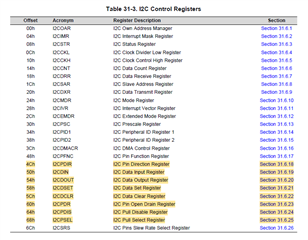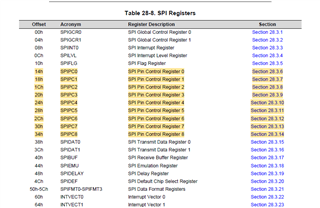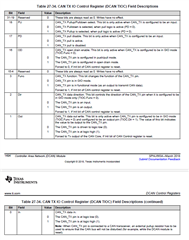Other Parts Discussed in Thread: HALCOGEN
Tool/software:
Hello,
I need to use the CAN Tx and CAN Rx lines as GPIOs. I can configure them in HALCoGen, but I can't find the corresponding functions in CCS to use them, like I do with gioSetBit(hetPORT1, 18, 0) or gioSetBit(linPORT, 1, 0).
I found the functions canIoTxGetBit() and canIoRxGetBit(), but as far as I understand, they are intended for checking the state of CAN pins during transmission tests.
Could someone please help me with this?
Thank you very much!
Ariel






